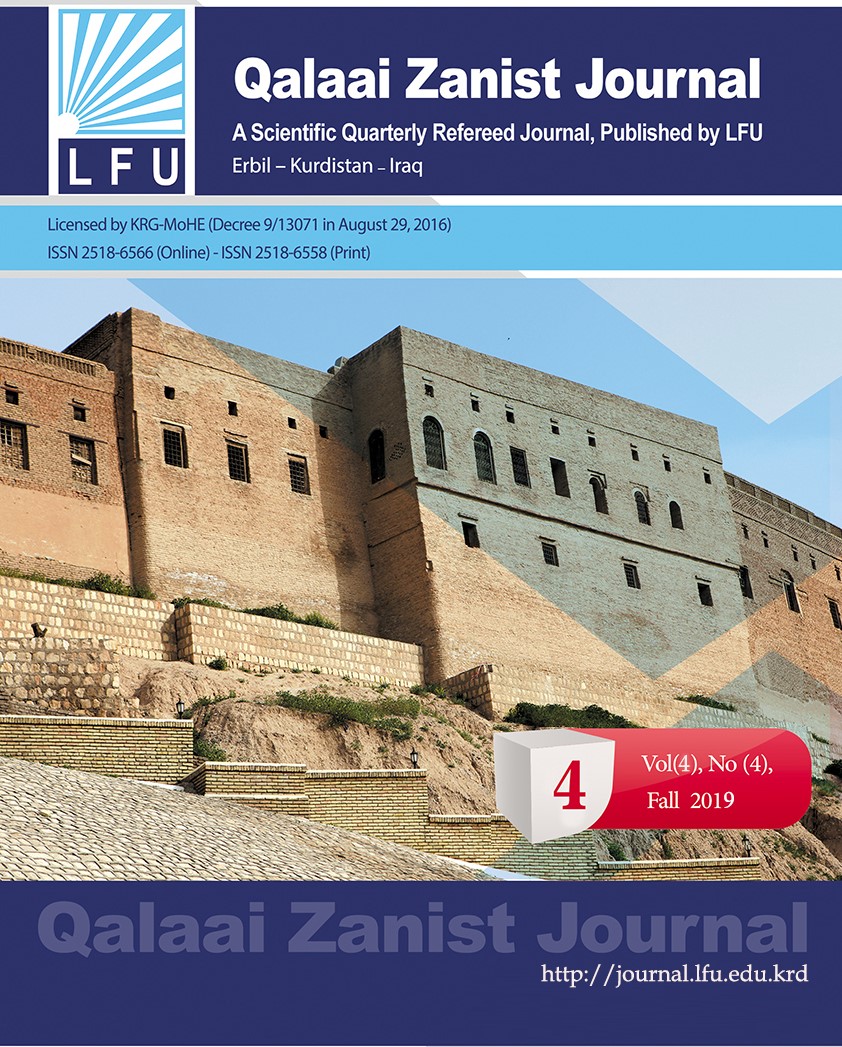تحليل االضطرابات و التوترات الداخلية في القانون الدولي االنساني
##plugins.themes.bootstrap3.article.main##
Abstract
Internal strife has increased significantly in recent years, especially in the third world countries, including the Middle East. There have been serious human rights violations under the pretext of controlling security and stability in these countries, which caused human suffering and a large numbers of deaths. Much of these situations could have been avoided if such countries
taken into account the respect of human rights principles. Victims of internal disturbances and tensions do not enjoy the international protection prescribed by the International Humanitarian Law for the victims of non-international armed conflicts based on the Second Protocol of 1977 to the four Geneva Conventions of 1949, and left their protection to international human rights law, especially the rights mentioned in this law does not provide adequate protection for an individual as compared to the
rights guaranteed by international humanitarian law.
Downloads
##plugins.themes.bootstrap3.article.details##
How to Cite
Copyright (c) 2019 Raqeeb Hama Rasheed Said، Najdat Sabri Aqrawi

This work is licensed under a Creative Commons Attribution 4.0 International License.

